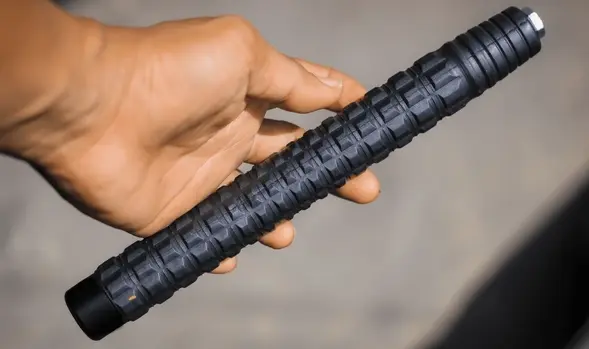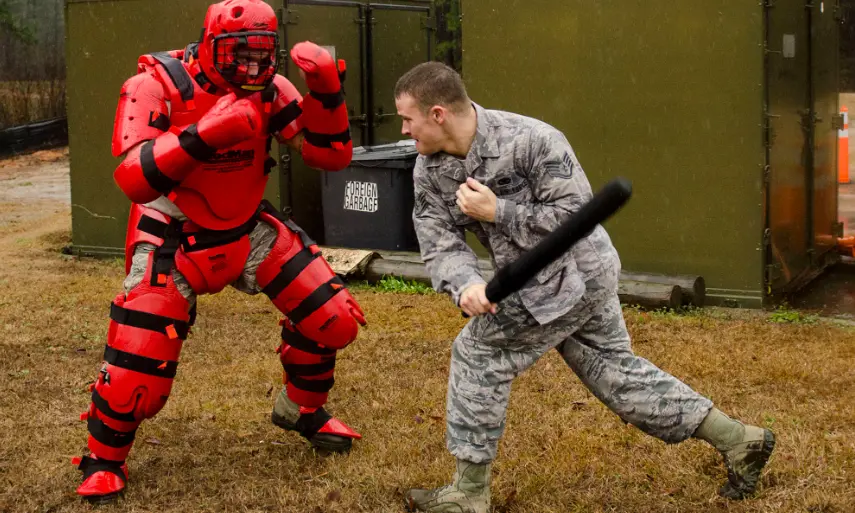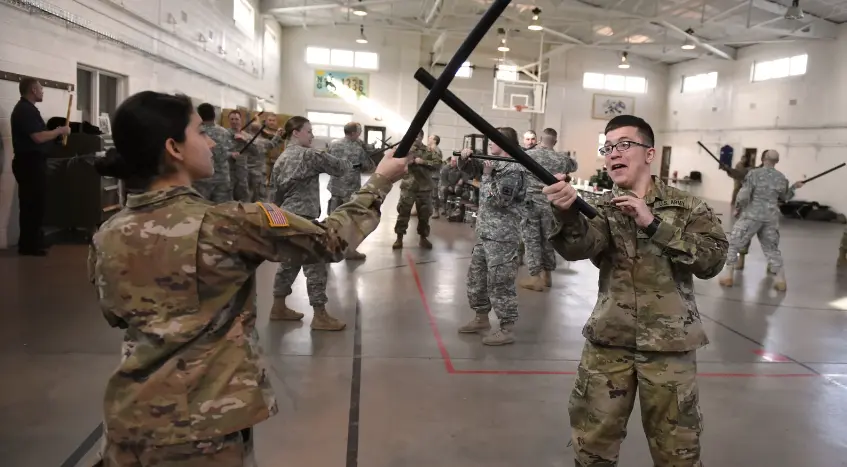Self-defense batons, also known as tactical batons or collapsible batons, are highly effective tools for personal protection. They offer a means to incapacitate an attacker from a distance, giving you a significant advantage in dangerous situations. This article will explore how to effectively use a baton for self-defense, the different types of batons, legal considerations, and essential training tips to ensure you can protect yourself when it matters most.
Understanding Self Defense Batons
A self-defense baton is a cylindrical rod designed to extend and provide reach, leverage, and impact force to deter or disable an attacker. There are two primary types of batons:
- Fixed-Length Batons: These are solid, non-collapsible batons that are always ready for use. They are typically made from materials like wood, rubber, or metal.
- Collapsible Batons: These batons are compact and can be extended with a flick of the wrist, making them easy to carry and conceal. They are usually made from steel or aluminum.
Benefits of Using a Baton for Self Defense
- Distance: A baton allows you to maintain a safe distance from an attacker, reducing the risk of close-quarters combat.
- Deterrence: The mere presence of a baton can act as a deterrent, potentially preventing an attack from occurring.
- Versatility: Batons can be used to strike, block, and apply pressure to sensitive areas, offering multiple defensive options.
- Non-lethal: When used correctly, a baton can incapacitate an attacker without causing permanent injury, making it a preferable option for self-defense.
How to Effectively Use a Baton in Dangerous Situations
 1. Grip and Stance
1. Grip and Stance
To use a baton effectively, start by mastering the correct grip and stance. Hold the baton firmly in your dominant hand, with your thumb wrapped around the handle. Stand with your feet shoulder-width apart, knees slightly bent, and your non-dominant foot slightly forward. This stance provides stability and allows for quick movements.
2. Striking Techniques
a. Basic Strikes
- Forward Strike: Extend the baton and strike forward, aiming for the attacker’s upper body or limbs. Use your body’s momentum to generate force.
- Downward Strike: Bring the baton down from above your head, targeting the attacker’s shoulder or arm. This strike can cause significant pain and deter further aggression.
- Side Strike: Swing the baton horizontally, aiming for the attacker’s ribs or legs. This can destabilize and incapacitate the attacker.
b. Target Areas
- Arms and Legs: Striking these areas can disable an attacker by causing pain and restricting movement.
- Shoulders and Ribs: Targeting these areas can inflict pain and reduce the attacker’s ability to continue their assault.
- Hands and Wrists: Striking the hands or wrists can disarm an attacker holding a weapon.
3. Blocking Techniques
Effective use of a baton also involves blocking and deflecting attacks. Here are some key blocking techniques:
- High Block: Raise the baton above your head to block downward strikes.
- Low Block: Position the baton horizontally at waist height to block low attacks.
- Side Block: Hold the baton vertically to your side to block strikes aimed at your body.
4. Applying Pressure Points
Batons can be used to apply pressure to sensitive areas of the body, causing pain and incapacitation. Some effective pressure points include:
- Collarbone: Pressing the baton into the collarbone can cause significant pain and immobilize the attacker.
- Elbow: Applying pressure to the elbow joint can disable the attacker’s arm.
- Knee: Pressing the baton into the side of the knee can cause the attacker to lose balance and fall.
Legal Considerations
Before carrying a baton for self-defense, it’s essential to understand the legal regulations in your area. Laws regarding the possession and use of batons vary by jurisdiction. Always check local laws and regulations to ensure compliance and avoid legal issues.
Training and Practice
 Effective use of a baton requires regular training and practice.
Effective use of a baton requires regular training and practice.
- Enroll in a Self-Defense Class: Professional training can teach you proper techniques and how to respond effectively in various situations.
- Practice Regularly: Regular practice is crucial for building muscle memory and ensuring you can react quickly under stress.
- Simulate Real-World Scenarios: Practice in environments that mimic real-world situations to develop situational awareness and adaptability.
- Train with a Partner: Practicing with a partner can help you understand the dynamics of an actual confrontation and improve your defensive skills.
Conclusion
A self-defense baton can be a powerful tool for personal protection when used correctly. Understanding how to grip, strike, block, and apply pressure with a baton can significantly enhance your ability to defend yourself in dangerous situations.
